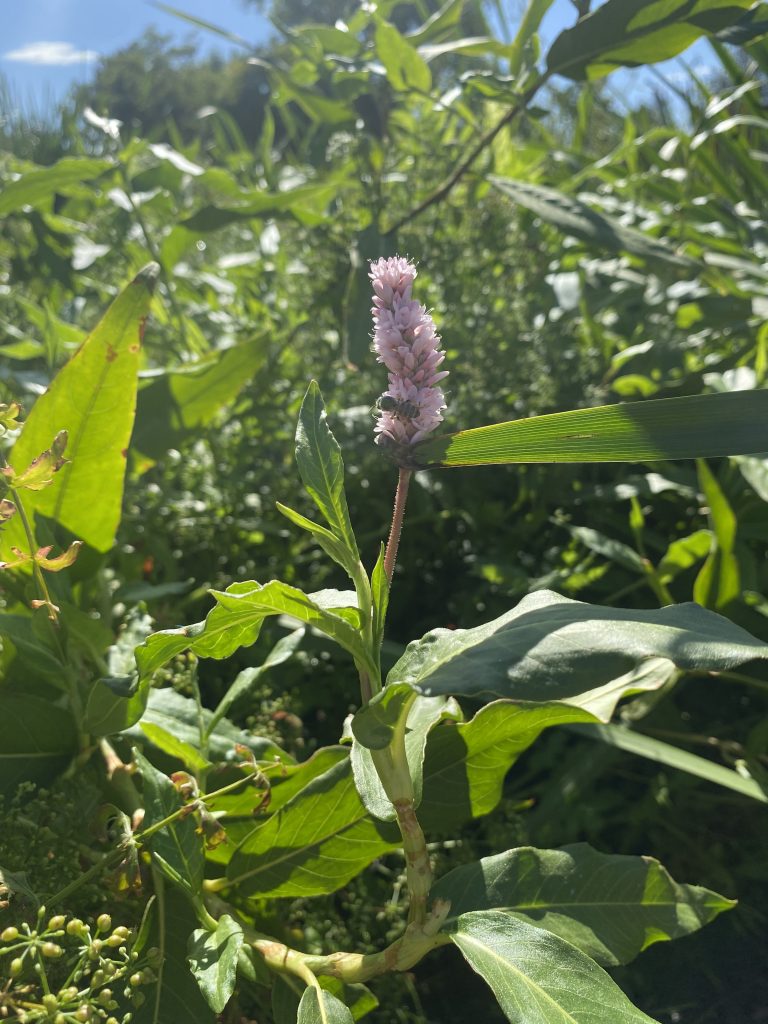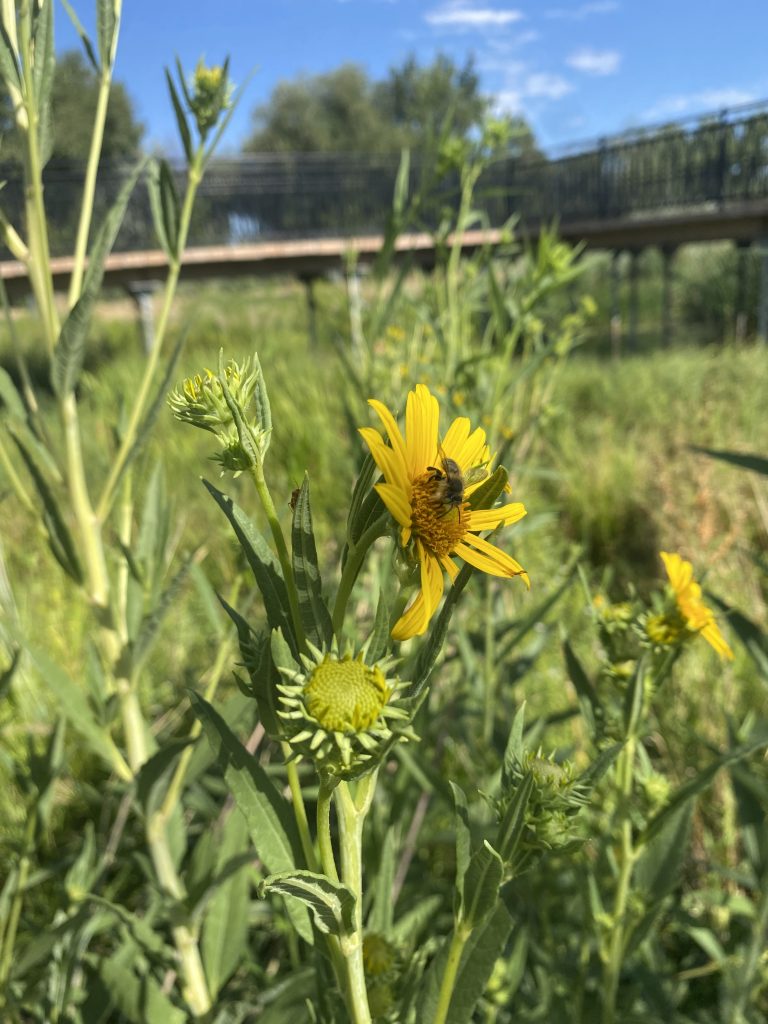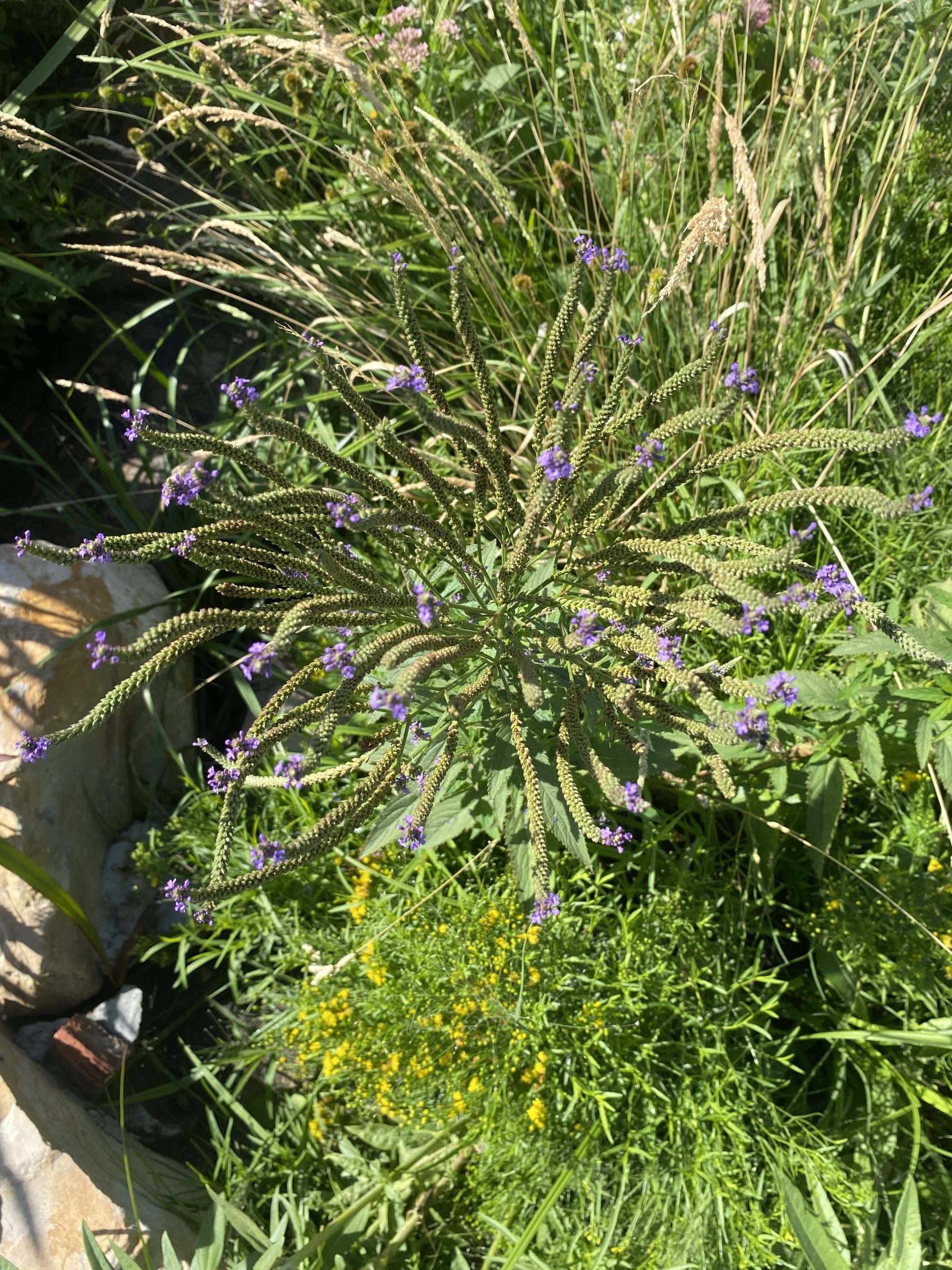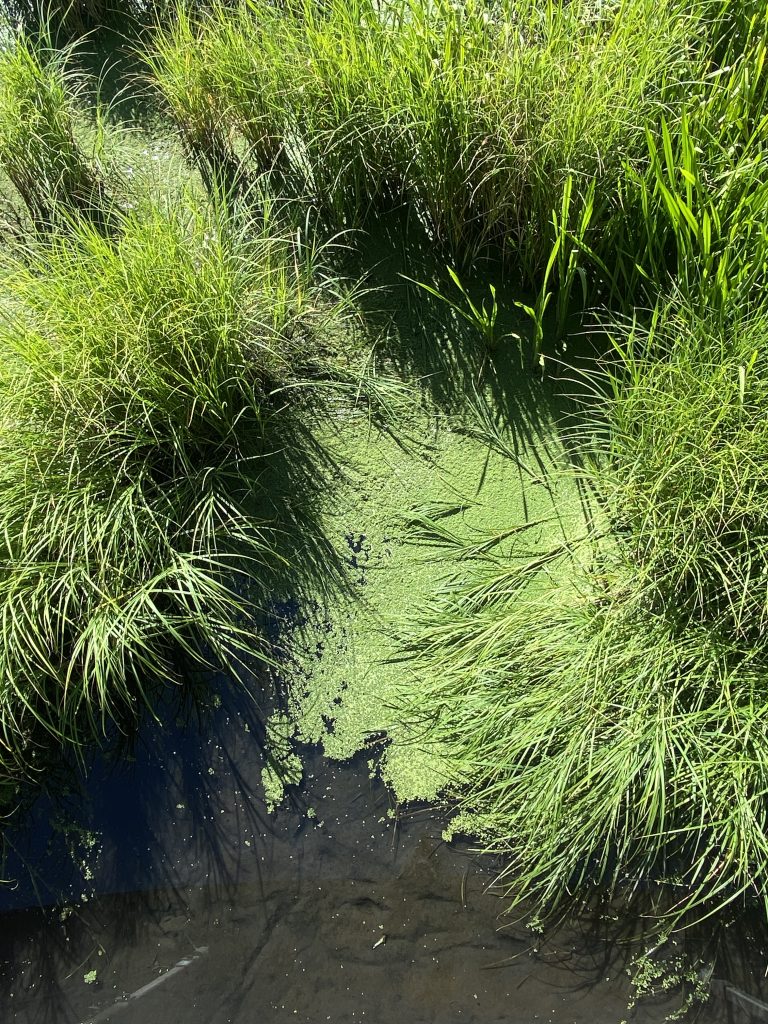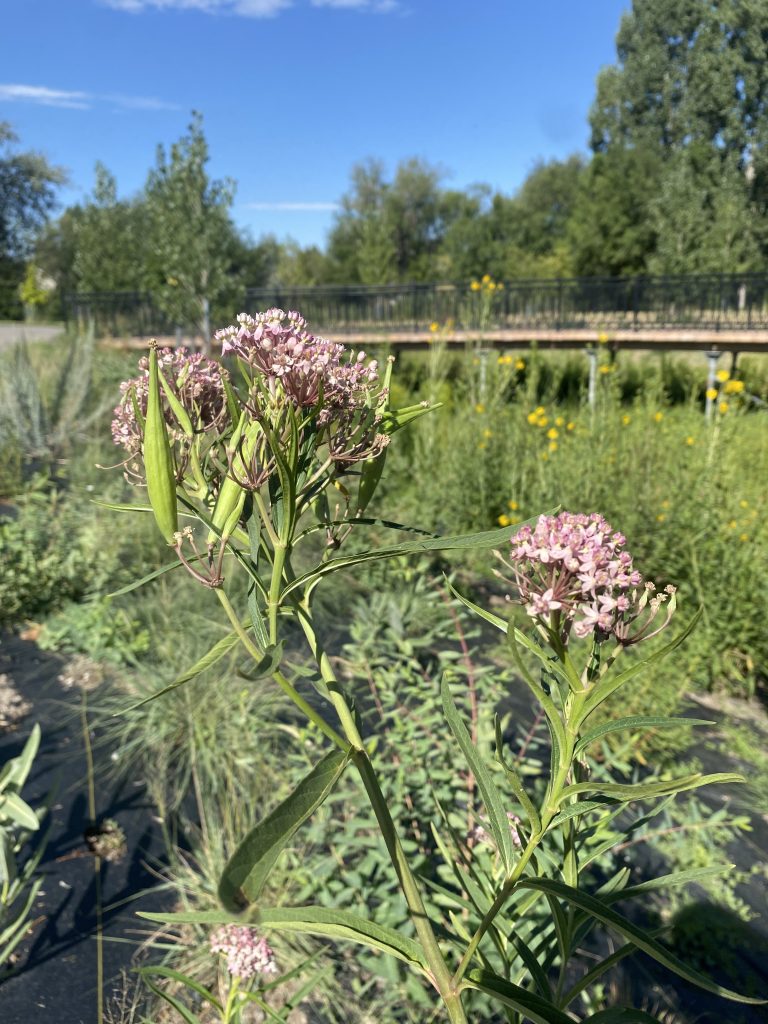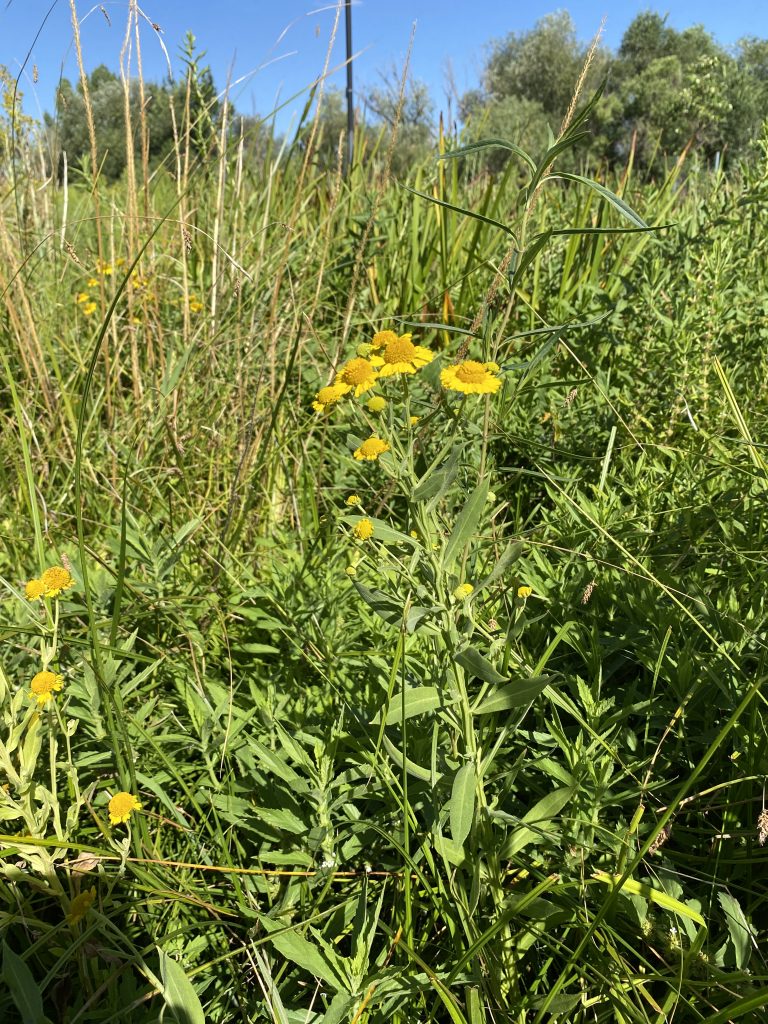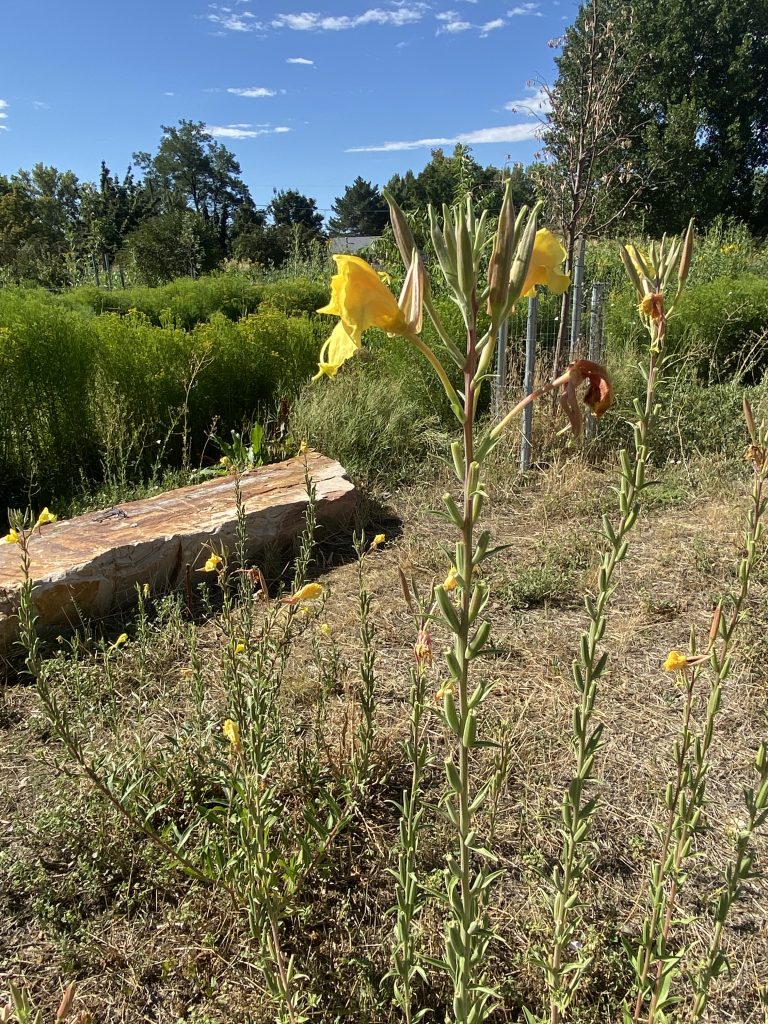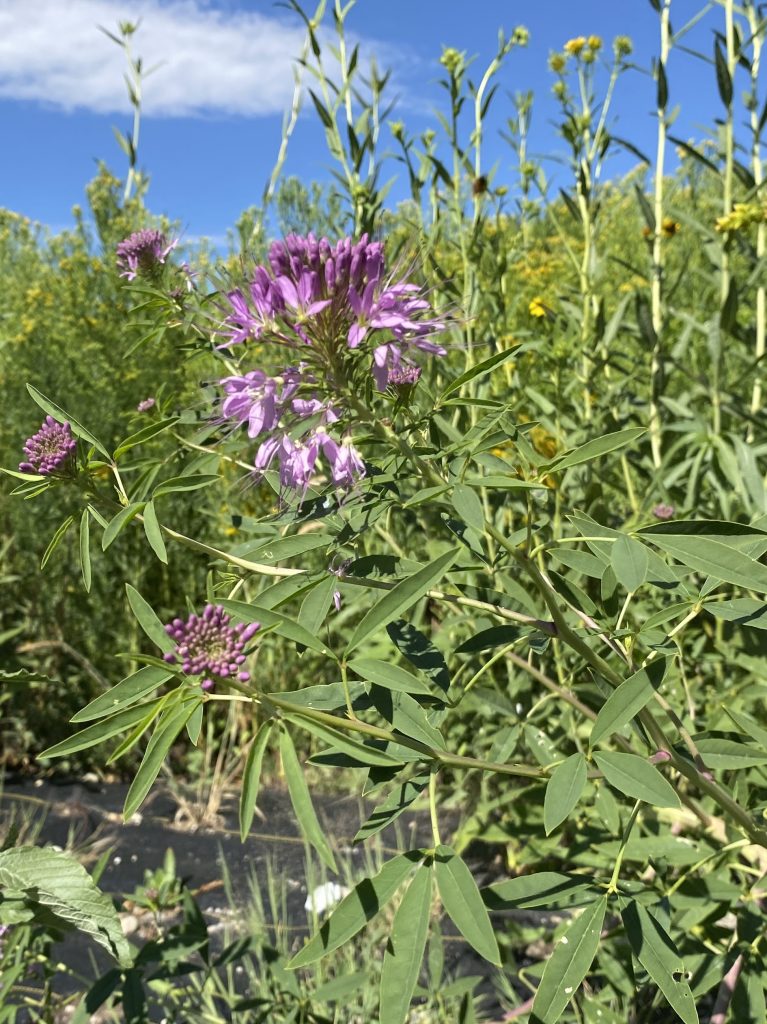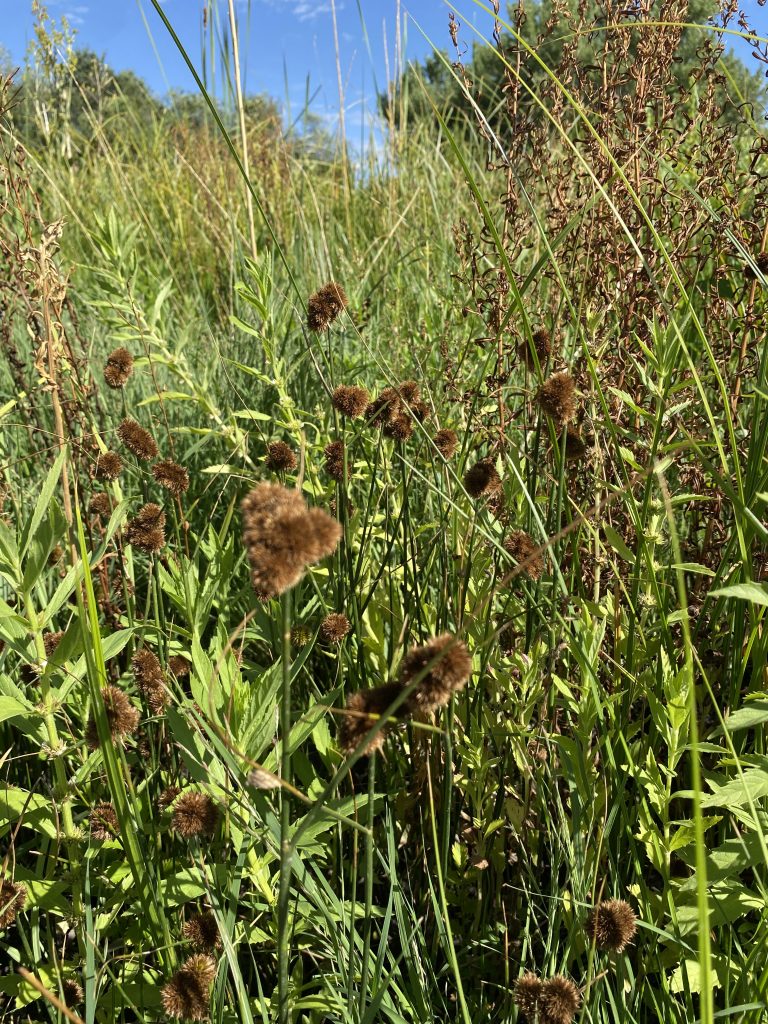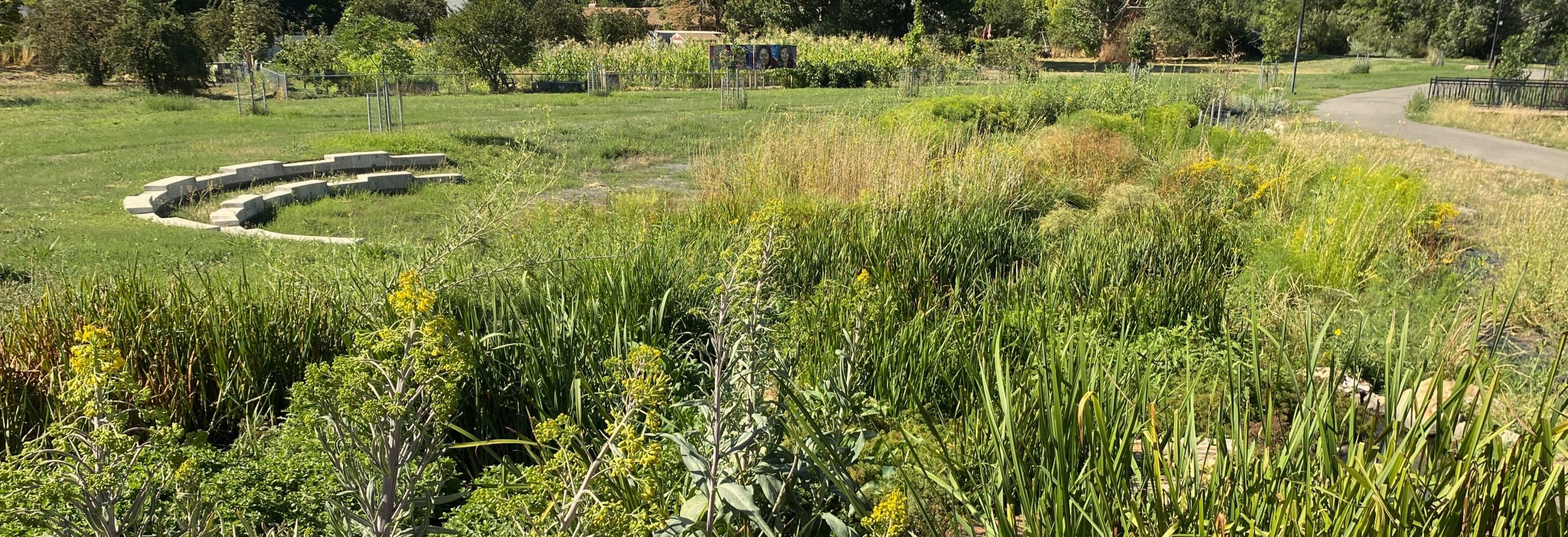
Cornell Wetlands: Restoring Water Health
Located just south of 10th North on a quiet residential street, Cornell Wetlands does an unsung hero’s work under the form of a water garden landscape. At this location, the Jordan River receives urban runoff from storm water drains on Redwood Road, North Temple, 10th North, and Interstate 15. Before being released into the Jordan River, water is filtered and aerated by a Hydrodynamic Separator before cascading through a manmade wetlands system with shallow pools of varying depths.
This system, built in 2019, incorporates running water, emergent wetland plants, and open water areas to naturally improve water quality and provide beauty.
An emergent wetland plant is a plant whose roots are secured in the riverbed but whose leaves and branches are above the water.
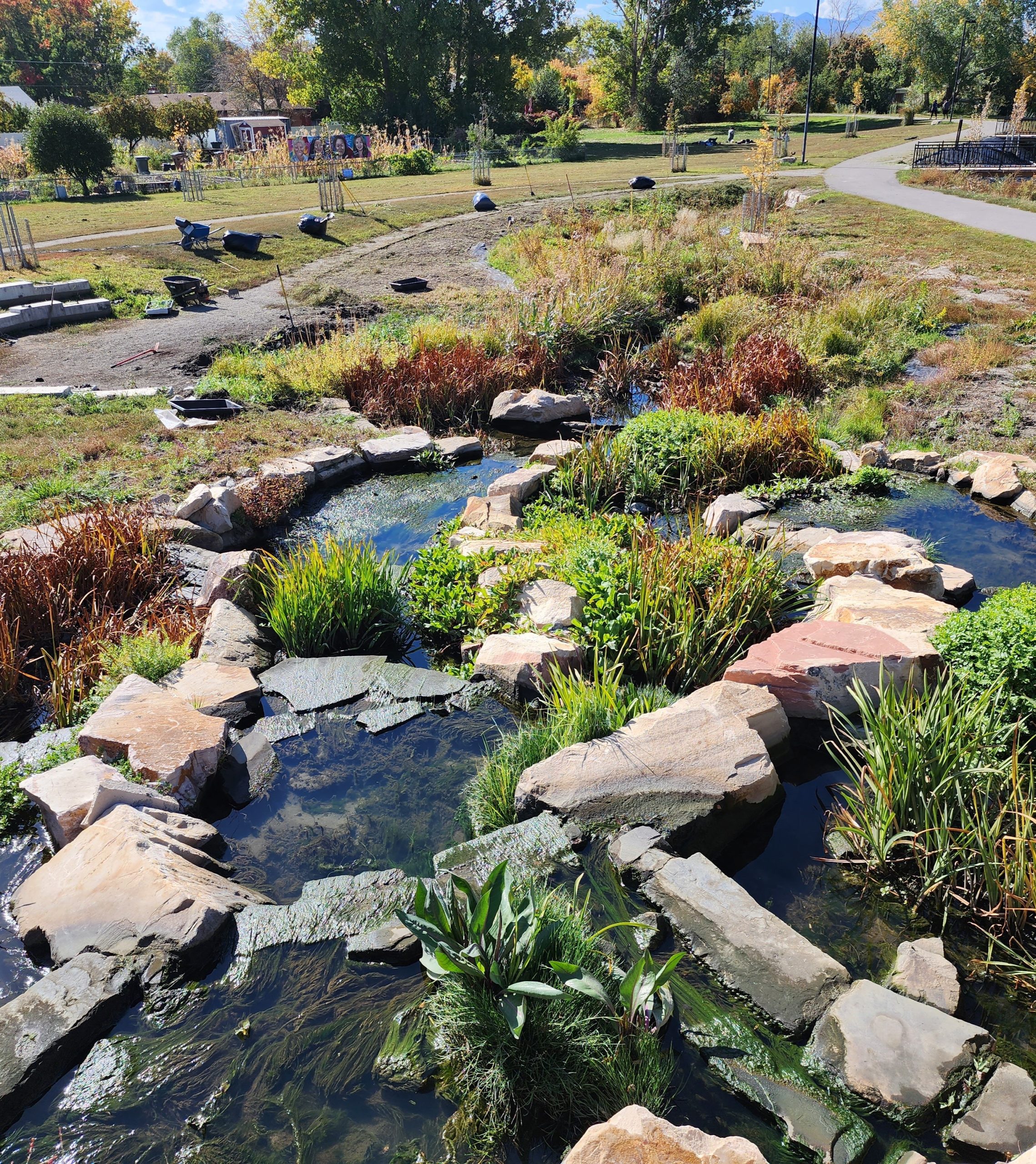
Cornell Wetlands’ Importance
As water flows toward the Jordan River from storm drains, it collects harmful debris and sediment. At Cornell Wetlands, this sediment is removed, oxygen is dissolved into the water, and plants uptake nutrients and toxins, resulting in cleaner, healthier water. Since the Jordan River is a tributary of the Great Salt Lake, protecting its water quality is highly important.
Read more about the Cornell project in this article and learn more about water quality improvement projects for the Jordan River in this article, both from the Salt Lake Tribune.
Water Quality Improvement
Wetland plants are among the most productive ecosystems on earth, and the seventy species of wetlands plants at Cornell, like cattails, reeds, and grasses, sequester pollutants efficiently.
What makes wetland plants so efficient? Microbes. The microbes that cluster on the roots of many wetland plants do a lot of the wetland’s water cleansing by utilizing and breaking down pollutants. For example, some microbes use nitrates – a fertilizer ingredient that is dangerous to aquatic life – as a substitute for oxygen, removing more than 10 times the amount taken up by the plants themselves.

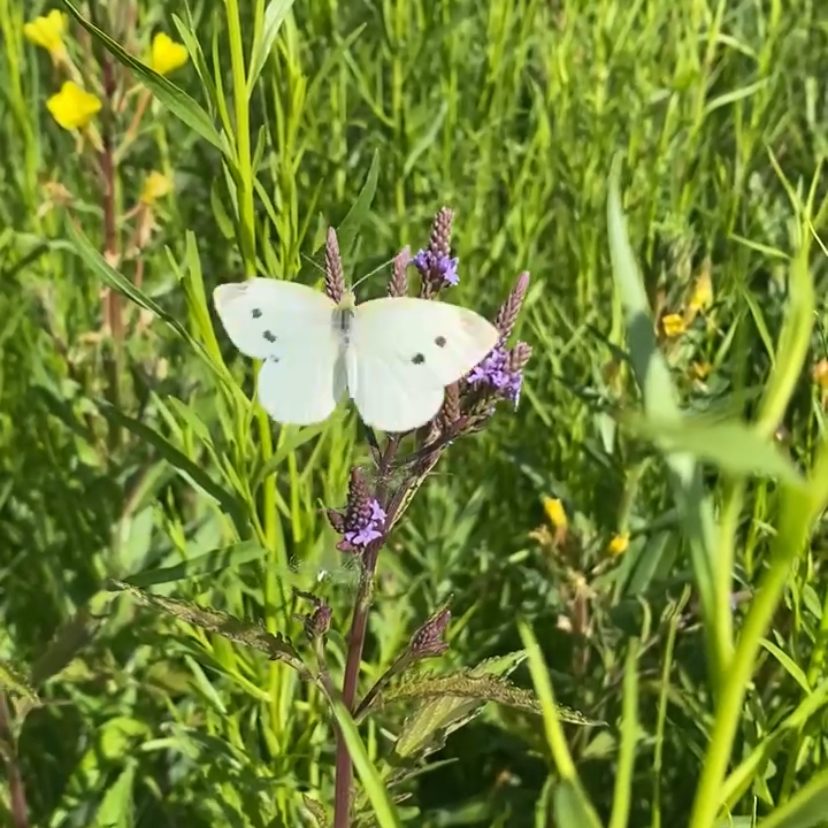
An Important Pollinator Habitat
Cornell was planted with the intention of providing food and habitat for butterfly species like Monarchs and the Utah Wood Nymph, whose species are in decline. Monarchs have been spotted at Cornell Wetlands along with dragon flies, bees, moths, and many other pollinators.
Cornell is currently home to a thriving population of ducks, who find plenty of food and nesting areas among the reeds and grasses. As the area continues to grow and thrive, Public Lands will explore the viability of adding amphibian and small fish species to the area.
Public Utilities Partnership
Salt Lake City Department of Public Utilities (SLCDPU) designed and constructed the storm water treatment facility at Cornell with the goals of removing water pollutants, upgrading the existing infrastructure, and expanding the natural wetland area.
Salt Lake City’s Public Lands Department’s Native Plant Program provided consultation, Wetlands Box plantings and other landscaping, and performs ongoing maintenance of certain areas of Cornell Wetlands.
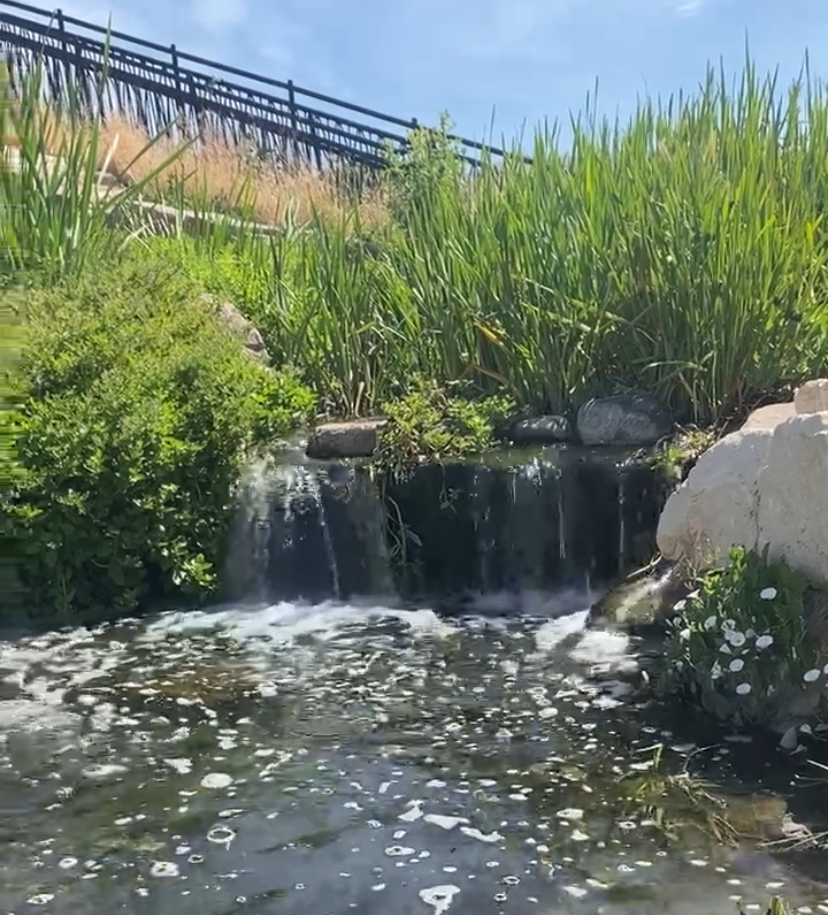
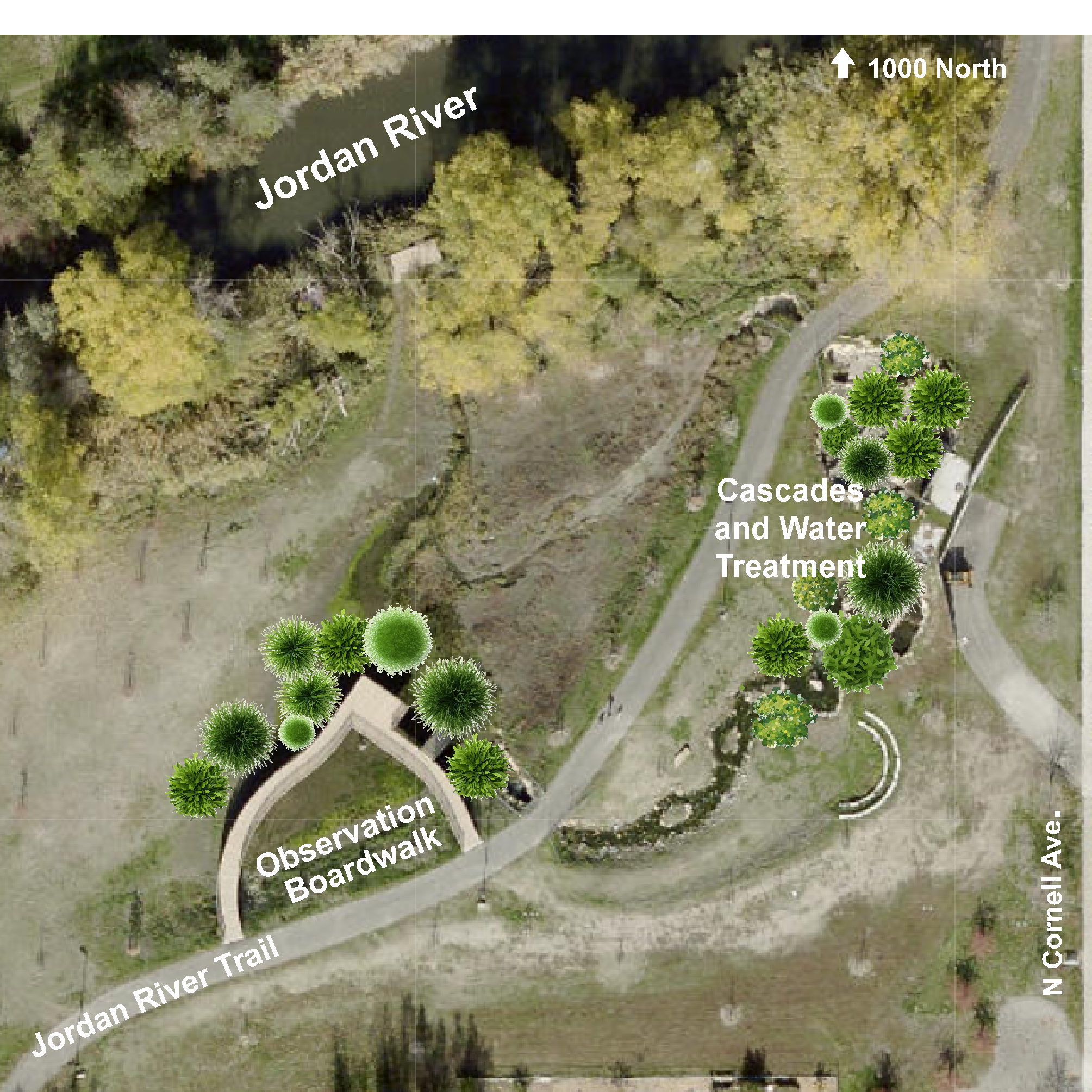
Visiting Cornell Wetlands
Cornell Wetlands can be accessed from the Jordan River Trail or from Cornell Street. Cornell Wetlands includes and ADA accessible boardwalk and observation deck, and an outdoor teaching classroom.
Visitors may notice the the “wild beauty” of the native plants, which is an intentional expression of the urban/natural land overlap of this project.
The Future of Cornell
This is an ongoing project and work with be progressing over many years. Upcoming plans we will explore include expanding the wetland near the board walk to introduce many more wetland pollinator plants. Additionally, we will fill two meters on each side of the Jordan River Trail with meadow grasses, milkweeds and some shrubs to help prevent the spread of puncturevine. If puncturevine control methods are successful here, we plan on rolling it out to other sections of the Jordan River Trail.
In July of 2024, Salt Lake City’s Trails and Natural Lands division was awarded a grant from Utah’s Division of Forestry Fire and State Lands that will help fund Phragmites and invasive plant removal and revegetation within Cornell Wetlands. This grant will fund work through 2026.
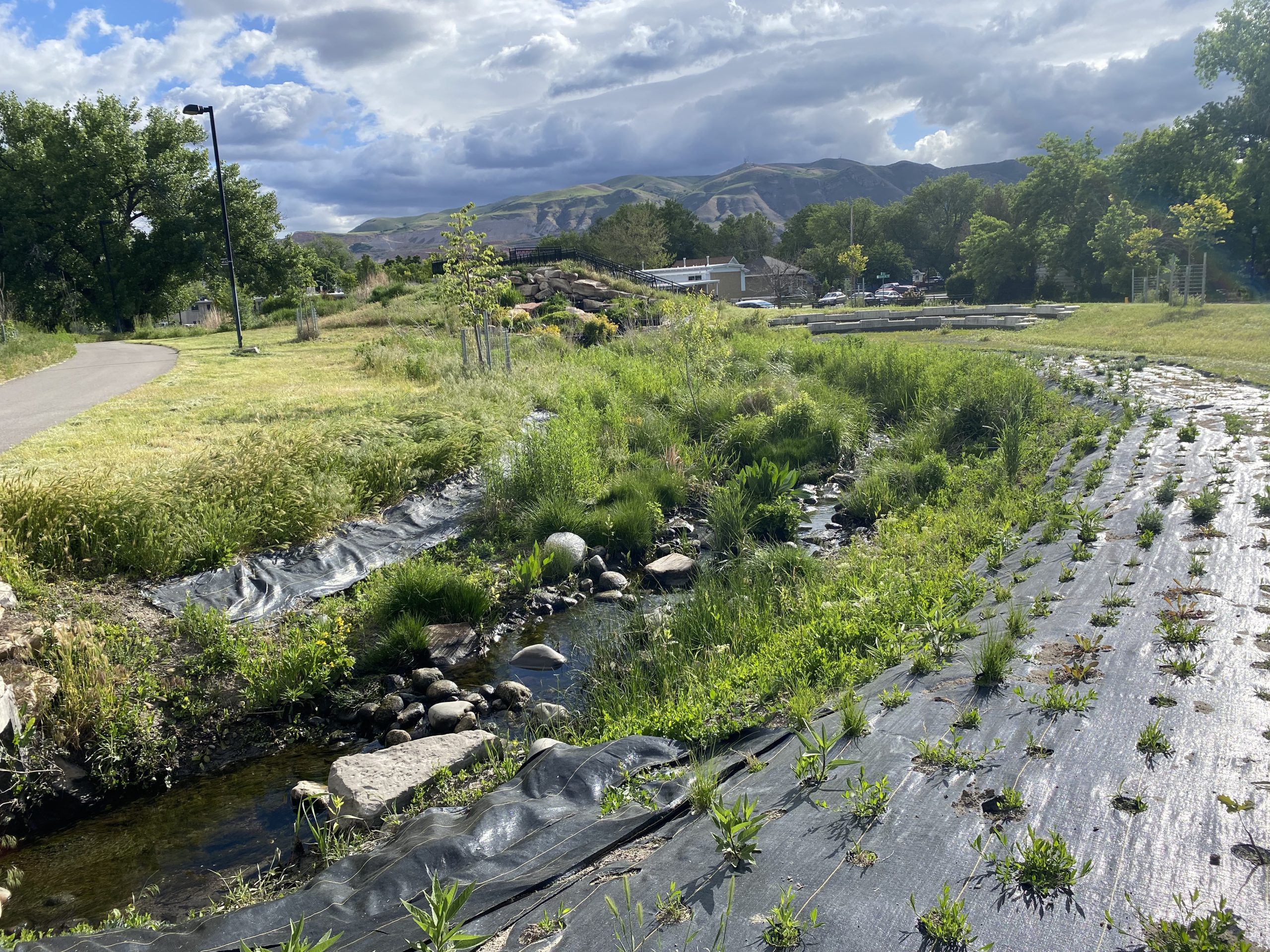
Are you interested in being a local steward at Cornell? Would you like to join us at Cornell for a volunteer event? Sign up for our quarterly volunteer newsletter today!
“Wetlands In A Box”
Salt Lake City’s Public Lands’ Native Plant Program hand-harvests and tends hundreds of native wetland species in their greenhouse to enhance restoration projects across Trails and Natural Lands project sites. These two-feet-by-three-feet boxes create a unique and balanced micro-habitat of native plant species. These small communities of plants support each other and help maintain species that are at risk of extinction, increasing biodiversity where they are planted.
- Grasses – Within a wetland habitat grasses provide habitat for mammals, birds, and aquatic species. Additionally, many grasses create a root matrix used by microbes that capture pollutants.
- Torrey’s Rush – The rhizomatic root structure of Torrey’s Rush make it ideal for preventing erosion and it is well adapted to a variety of soils.
- Sedges – Sedges are able to remove toxins from the water and they reproduce easily, making them ideal for wetlands restoration.
- Bulrushes – Bulrush roots can act as a filter, removing toxins from water.
- Blue Vervain – Naturally found in wetlands, its blue flowers bloom for a long time, making it attractive to pollinators.
- Swamp Milkweed – Attracts Monarch butterflies and native bees with its nectar-rich flowers. Swamp Milkweed is a cornerstone wetland restoration element.
- Rocky Mountain Beeplant – Attracts pollinators and has beautiful purple blooms. Its seeds are a good food source for birds.
